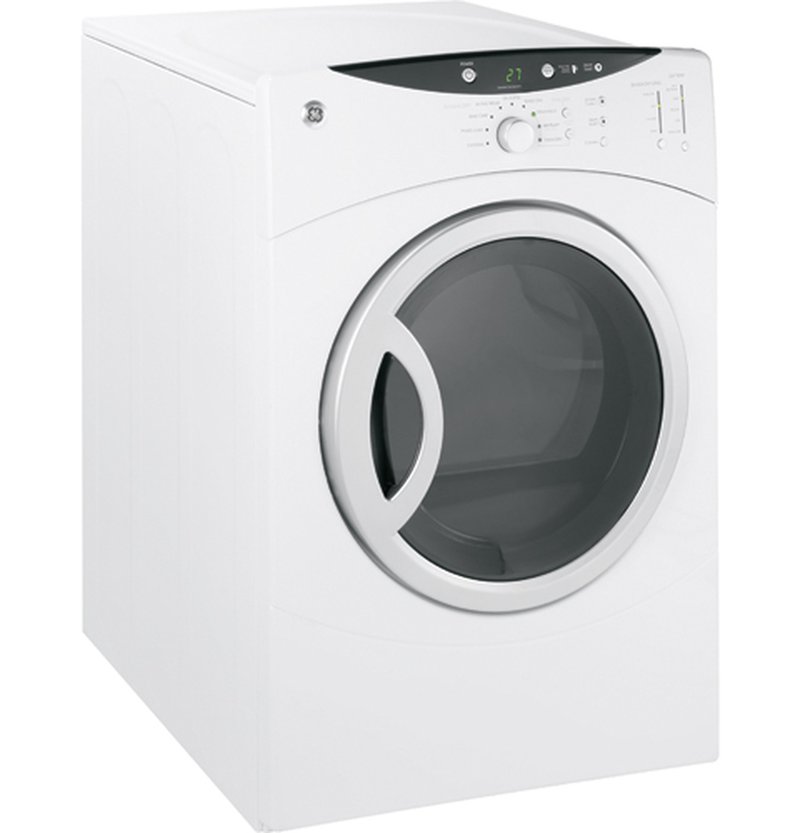
Here’s the scoop: the OE error code on a GE dryer often signals an overheating issue. That little code is a bit like the smoke detector in your house—it’s there to alert you to a potential problem that shouldn’t be ignored. When your dryer is signaling an OE error, it could mean that something is blocking the airflow or that a part needs your attention. Ignoring this could lead to inefficient drying or, worse, potential damage to your dryer. So, let’s dive deep and figure out what’s going on under the hood.
Understanding the OE Error Code on Your GE Dryer
When you see an OE error code, it’s your GE dryer telling you there’s something wrong with the airflow. Think of it as trying to blow through a straw that’s blocked—no matter how hard you try, you can’t get enough air through. In your dryer, the OE code usually pops up when there’s an overheating issue, often due to lint buildup, a clogged vent, or a failing heating element. It might seem small, but these issues can cause big headaches.
Firstly, lint buildup is the usual suspect for this error. Just like cholesterol can clog arteries, lint can block dryer vents. Over time, if you’re not regularly cleaning out the lint trap and vents, your dryer starts struggling to “breathe.” This airflow blockage causes the dryer to overheat, triggering that pesky OE code. Regular cleaning is crucial to maintaining a healthy dryer.
Another common cause might be a clogged vent. Imagine trying to breathe through a pillow—pretty tough, right? Your dryer feels the same way when the ventilation is blocked. This can be due to crushed ducts, bird nests, or excess lint. Ensuring the ductwork is clear and in good condition will not only solve the error but also improve the dryer’s efficiency.
Finally, the heating element itself could be on the fritz. When the heating element fails, it can lead to overheating as the dryer tries to compensate, leading to—you guessed it—an OE error. If cleaning the lint trap and vents doesn’t solve the issue, it might be time to call in the professionals to check the appliance’s internal components.
Can You Solve the OE Error Yourself?
You might be thinking, “Do I need to call a repairman for this?” The good news is that some OE error causes are DIY-friendly. First things first, unplug your dryer. Safety first, folks! Then, give your dryer’s lint trap a thorough cleaning. Often, a clogged lint trap is the main culprit. You’d be surprised how much lint can hide in unexpected places.
Next, inspect the dryer’s venting system. Pull the dryer away from the wall and check the ductwork for any obvious clogs or kinks. Much like straightening a bent hose, fixing these issues can restore proper airflow. You can use a vacuum to remove lint from the ducts. If you’re dealing with an outdoor vent, make sure it isn’t blocked by leaves, snow, or other debris.
If the problem persists despite your efforts, it might be time to consider the heating element. This isn’t typically a beginner-level fix, but it’s good to know that it might require professional servicing. Replacing a heating element can be compared to changing the battery in your car—best left to someone comfortable under the hood if you’re not.
What Happens If You Ignore the OE Code?
Ignoring the OE code on your GE dryer might seem like a shortcut, but it’s a bit like ignoring a check engine light in your car. Sure, you might be able to keep driving for a while, but eventually, that neglected problem will catch up with you. Continual overheating can shorten your dryer’s lifespan, increase energy bills, and even pose a fire hazard.
Let’s talk about energy efficiency for a minute. When airflow is restricted, your dryer has to work harder, drawing more power and running longer cycles. This isn’t just about higher bills; it also means unnecessary wear and tear on the appliance. Like running a marathon every day instead of once a year, this extra strain can lead to early retirement for your dryer.
Lastly, there’s the risk of fire. While not overly common, dryers with blocked vents and overheating issues have been known to start fires. It’s not worth the risk. Addressing the OE code promptly is key to keeping your home safe and your dryer running smoothly.
Final Thoughts and Preventative Tips
So, let’s wrap it up. Seeing an OE error code on your GE dryer is like receiving a message from your appliance: something needs your attention. While it’s tempting to hit the “ignore” button and let it run, addressing the underlying issues sooner rather than later is always the best move. Regular maintenance, such as cleaning the lint trap and checking vents, is your front-line defense against this common problem.
Remember, your dryer is a bit like any machine: it needs care and attention to run efficiently. By taking simple steps to troubleshoot and prevent potential problems, you’ll save yourself time, money, and hassle down the line. So next time your dryer blinks that OE code, don’t ignore it! Engage with it—your dryer and your laundry will thank you.